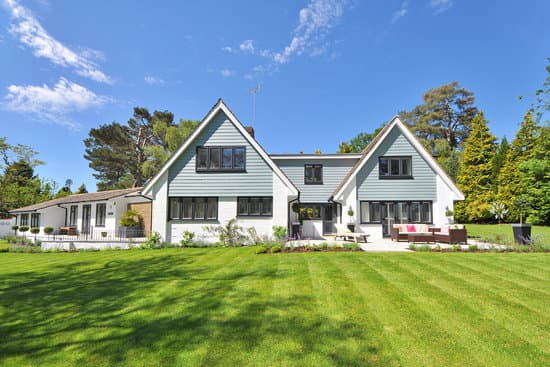- Continuous Smokehouses: These smokehouses are designed for large scale production, and the smoking process is done in a continuous flow. Products are loaded into the smokehouse at one end and pushed through the smoking chambers by a conveyor belt. This design ensures that all products receive a uniform amount of smoking, resulting in consistent quality. Continuous smokehouses are commonly used in commercial and industrial setups.
- Batch Smokehouses: These smokehouses are designed for small scale production and are suitable for smoking a wide variety of products. With batch smokehouses, the smoking process is done in small batches, allowing for more customization to the smoking process. Batch smokehouses are typically used in small home-based businesses or for personal use.
Smokehouses come in different types and designs depending on their intended use and the products being smoked. However, two of the most commonly used smokehouses are the continuous and batch smokehouses. These two smokehouses have unique features and are suited for different smoking needs.
Here are the characteristics of each smokehouse type:




















